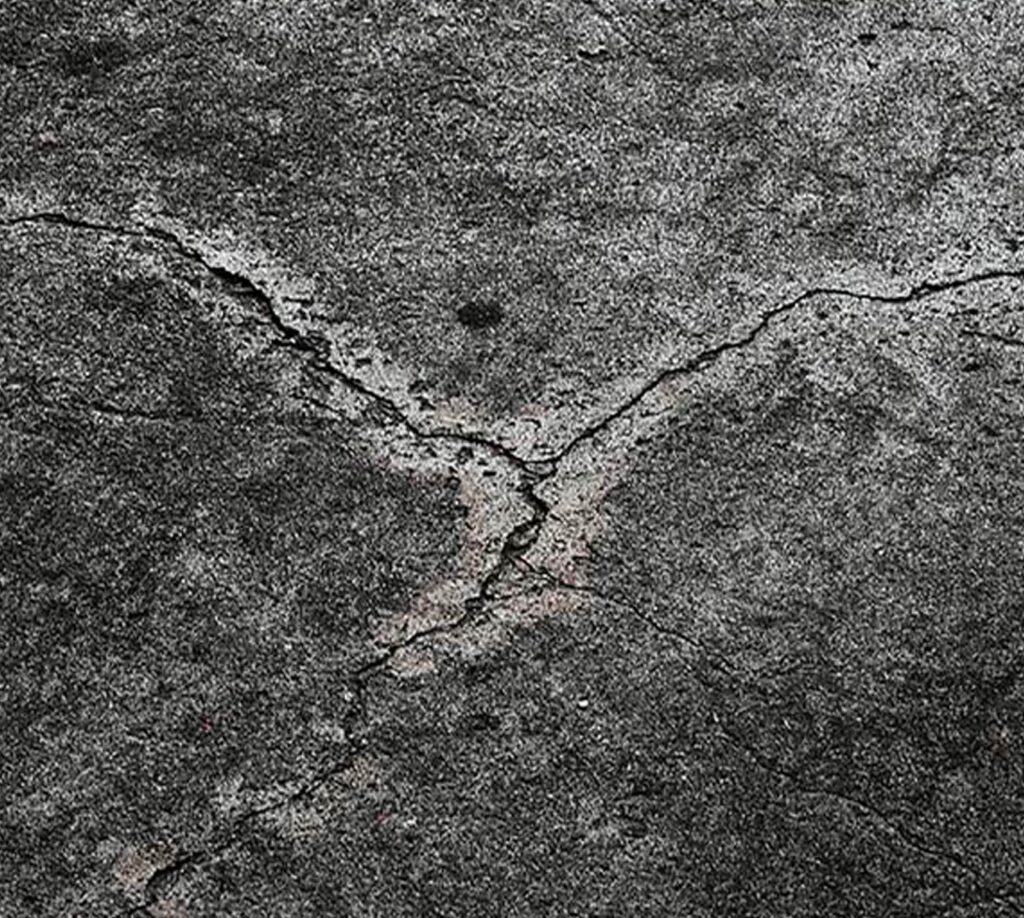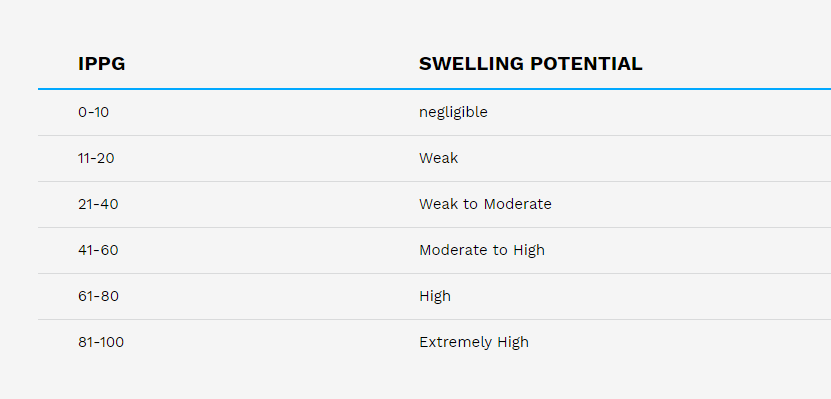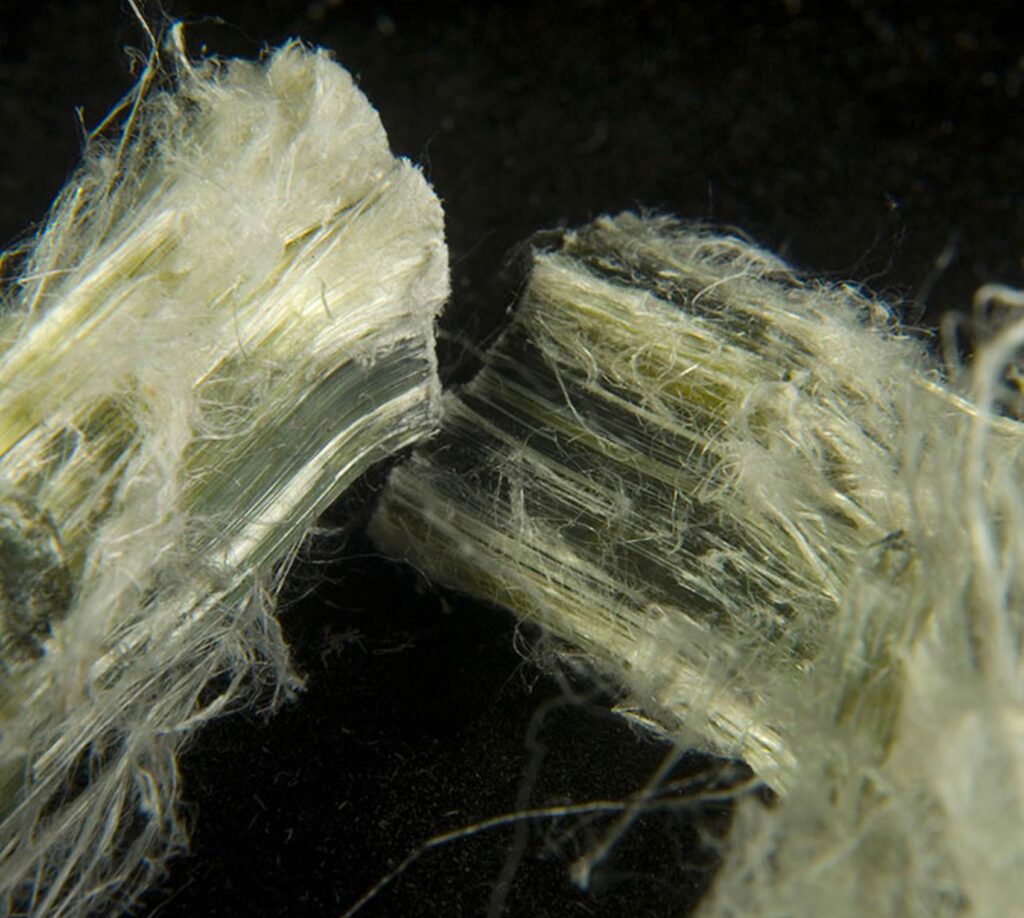Radon

Radon is a carcinogenic radioactive gas. This colourless, odourless and invisible threat is found in 1 out of 10 homes in Quebec, including new constructions. Its presence is the number 1 cause of lung cancer in non-smokers.
This gas comes from the degradation of uranium naturally present in the ground and infiltrates buildings through openings giving access to the ground, such as cracks in concrete slabs and foundations, joints, crawl spaces, sumps, openings around pipe fittings, etc.
Radon is measured in becquerels per cubic meter of area (Bq / m³). In Canada, the acceptable limit has been set at a maximum of 200 Bq / m³. You can order a radon test from one of the following sites, among others:
https://poumonquebec.ca/en/produit/radon-detector/
https://takeactiononradon.ca/
If you have high radon levels, you can in some cases seal the openings in contact with the ground and improve ventilation in your home. In more problematic cases, you will need to hire a certified radon mitigation professional to help you find the best way to reduce radon infiltration in your home.
Find out more here :
https://www.canada.ca/en/health-canada/services/environmental-workplace-health/reports-publications/radiation/radon-your-home-health-canada-2009.html

Ice dams

Are icicles hanging along the eaves of your house ? This ice build-up, also called ice dams, indicates various problems and may cause water infiltration and damage to walls and roof, not to mention the hazard it represents to passers-by. Significant water infiltration can result in mould growth and damage the integrity of the building structure.
Ice dams are often caused by heat loss from the home when there is a lack of ceiling insulation and air leaks. The snow on the roof melts under the heat of the attic, but it cannot be evacuated adequately due to the ice dam blocking it. It ends up seeping behind the walls and under the shingles.
An inspection can help you identify the causes of such a dam and understand the resulting damages. The inspector will make recommendations on the steps to follow and help you find a solution.
Pyrite

Pyrite is an iron sulphate found in stone that has been used as backfill material under the concrete slab of basements and garages. Under the effect of humidity and oxygen, pyrite swells, causing concrete slabs to crack. This effect is especially problematic in a garage given the large amount of backfill found there and can go as far as damaging the foundation walls of the house.
This problem is especially present in Montreal, Laval and Montérégie, but can occur in other regions as well. Problems with pyrite can appear quickly or take 15, 20, or even more years to develop.
A home inspector can guide you when a doubt that pyrite might be present comes up. They can advise you on a laboratory test as well as refer you to the right specialists to find a comprehensive solution.
Only a laboratory analysis of the backfill material can confirm the presence of pyrite. This test will tell you the nature of the backfill and its swelling potential, i.e. the IPPG index.



source : https://www.inspq.qc.ca/amiante
Asbestos

source : https://www.inspq.qc.ca/amiante
Asbestos is a highly toxic fibrous mineral causing chronic lung disease such as asbestosis or cancer of the larynx, ovaries, lungs or mesothelioma.
It was often used for its strength and durability, especially between the 1930s and the 1990s, and is still present in some building materials such as cement, plaster, insulation, and floor and ceiling tiles. Inhalation exposure might occur during building renovations when drilling, sawing, cutting, sanding or breaking materials containing asbestos.
Only a specialized laboratory test can confirm its presence, but a home inspector can help you identify materials that may contain it. If asbestos is found in your home, you should call in a qualified specialist in order to proceed with its removal in a safe manner.
Find out more :
https://www.quebec.ca/en/health/advice-and-prevention/health-and-environment/preventing-health-problems-associated-with-asbestos
